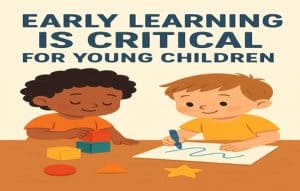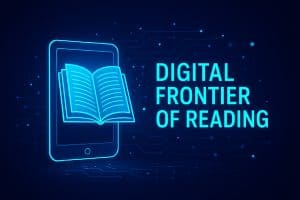Schools are always hoping for more recognition, and that too in any way possible. Number of contests, modern learning materials and facilities, upgradation of educational framework is something the schools should carry out, so that future of teaching is improved to at least some degree.

A lot of schools have started implementation of Massive Online Open Courses (MOOC) programs, in response to the things mentioned below –
- Full-time employees who would like to go back to school and do not have the capacity to attend classes.
- Enticing foreign students to take certification courses from them.
- To take full advantage of open access opportunities and unlimited participation.
- Cost savings inherent in taking classes online.
Research has proved that students in online learning environments have their skills better developed, as compared to those who intake education through normal and traditional educational environment. It was shown in a report done by SRI International, funded by the US Department of Education, showed that online conditions resulted into higher tested performance as compared to face-to-face instruction. Hundreds of studies where observed so as to assess the student performance in classes that offer online studying and comparing it with a strictly face-to-face, traditional educational environment. The result came on that online coursework tested on the 59th percentile on average, while the people in the traditional classroom tested on the 50th percentile.
Also, foreseeing an increase in online education programs is also a good idea. Of course, this is because the results do not essentially tell you that online learning is always better than classroom learning. Rather, it shows us that online conditions certainly have some advantages, which will not be provided at all in your traditional educational approach. An average online class can last up to 3 hours, and that excludes discussion board exchanges as well. It is no wonder that students who were a part of the online learning group did it better in tests than their counterparts. The results clearly show that technology in education can always be useful, what with the possibility of online learning tools being more in demand.
It is important that teachers adapt to these innovations as it is the subject of growing popularity. Education website for students like Coursera, or Udemy, are wonderful online learning programs and has been growing exponentially over the time. All which needs to be done is to create a framework which helps to juggle between the time of classes as well as grade participation. SRI has proposed three different, but effective, types of learning, which are –
- Expository – receiving information through any digital material, whether through video or text.
- Active – students are encouraged to use online tools available to them to build on the information they have just received.
- Interactive – initiating discussions with fellow students encourage collaboration.
When MOOCs started growing, it was seen that teachers were searching for means to maximize the online tools that were available to them. As of now, they, along with posting their video lectures online, are hosting forum discussions, using live videos, doing Q&As as well as making use of Facebook group to post articles or journals that can help the students to revise and build on what was discussed in the previous video lectures.
Online learning it on its way of glory – give it a few more years, and the hassle of face-to-face instructions will be all but continued. However, the traditional classrooms will never fade in the background. Instead, it will just be further upgraded with the help of the video lectures and other online ways and tools.


